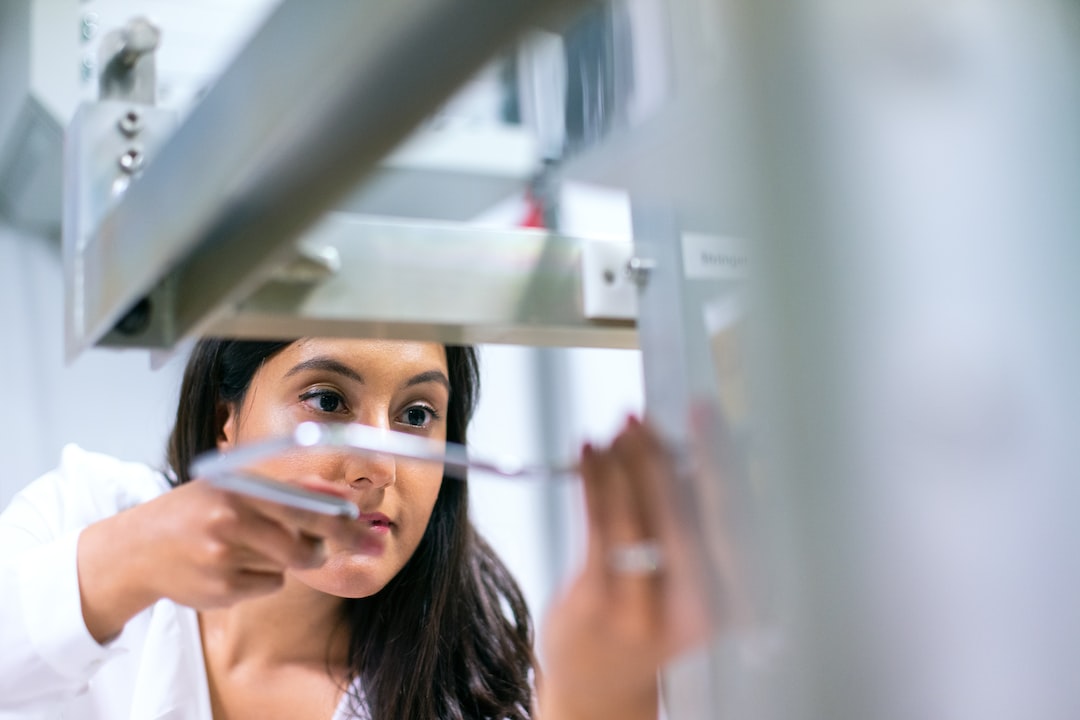The Future of Manufacturing: Human-Robot Collaboration
The manufacturing industry has seen significant advancements over the years, with automation and robotics leading the way. As technology continues to evolve, it is becoming increasingly clear that the future of manufacturing lies in human-robot collaboration. This innovative approach combines the strengths of humans and robots, resulting in enhanced productivity, efficiency, and safety.
Traditionally, robots have been used in manufacturing for repetitive and dangerous tasks. They excel in precision, consistency, and speed, making them invaluable assets in various industries. However, they lack the cognitive abilities and adaptability that humans possess. On the other hand, humans bring creativity, problem-solving skills, and emotional intelligence to the table. By merging these qualities, a new era of manufacturing is ushered in, where humans and robots work side by side.
One of the key advantages of human-robot collaboration is increased productivity. Robots are adept at performing repetitive tasks tirelessly and quickly, allowing manufacturers to achieve higher production rates. Simultaneously, humans can focus on more complex and strategic activities that require critical thinking and creativity. By delegating certain tasks to robots, humans can dedicate their time to higher-value work, leading to improved overall productivity.
Moreover, human-robot collaboration enhances efficiency in manufacturing processes. Robots can work non-stop, reducing the need for breaks or shifts, resulting in exceptional uptime. They also do not suffer from distractions or fatigue, making them highly dependable in achieving accurate and consistent results. Humans, on the other hand, can monitor and program robots, ensuring that they are working efficiently and optimizing their functionalities. This synergy between humans and robots ensures that operations flow smoothly, eliminating bottlenecks and unnecessary downtime.
Another significant advantage is safety. Robots are designed to handle hazardous and physically demanding tasks with ease. They can tirelessly lift heavy objects, work in extreme temperatures, and perform repetitive movements without getting tired or injured. By letting robots handle these dangerous tasks, manufacturers can significantly reduce the risk of accidents, injuries, and occupational hazards for humans. This ultimately creates a safer work environment, boosting employee morale and job satisfaction.
Contrary to popular beliefs, the rise of human-robot collaboration does not signify a threat to human jobs. Instead, it presents an opportunity for individuals to upskill and focus on jobs that require human intelligence, creativity, and emotional capabilities. With the integration of robots, employees can be trained to become robot operators, programmers, or supervisors. This transition offers the chance for workers to engage in more fulfilling and intellectually stimulating tasks, contributing to their professional growth.
Moreover, human-robot collaboration does not solely benefit large manufacturing companies. Small and medium-sized enterprises (SMEs) can also reap the rewards. Robots have become more affordable and adaptable, allowing SMEs to integrate automation into their operations without breaking the bank. This creates opportunities for these businesses to compete on a larger scale, improving their efficiency, productivity, and profitability. As a result, human-robot collaboration becomes more accessible and widespread, empowering various industries to excel.
In order to fully realize the potential of human-robot collaboration, there are several challenges that need to be addressed. Firstly, there is a need for the development of standardized communication protocols and safety regulations to ensure seamless integration and operation of robots. Secondly, widespread adoption will require investment in training and re-skilling programs for employees, so they can fulfill new roles in an environment that incorporates robots. Lastly, there is a need for organizations to foster a culture of collaboration, ensuring that humans and robots can work together harmoniously.
The future of manufacturing undoubtedly lies in human-robot collaboration. By merging the strengths of both humans and robots, manufacturers can unlock new levels of productivity, efficiency, and safety. This innovative approach opens up opportunities for job creation, professional development, and economic growth. As technology continues to evolve, embracing human-robot collaboration will be essential for manufacturers to stay competitive in a rapidly changing world.


